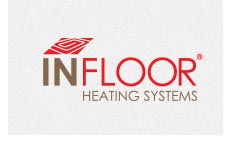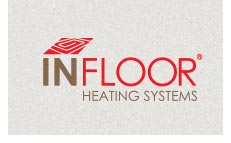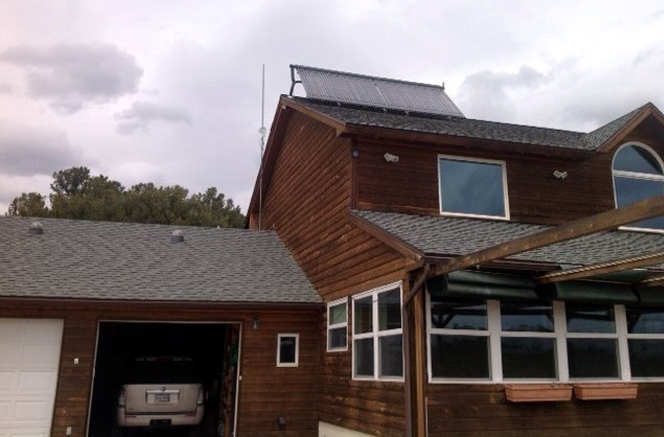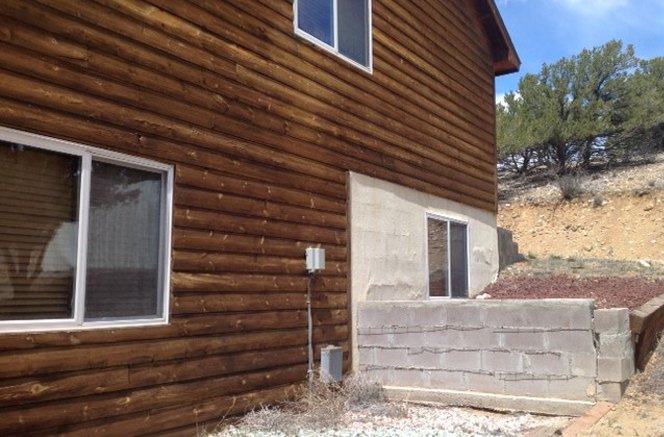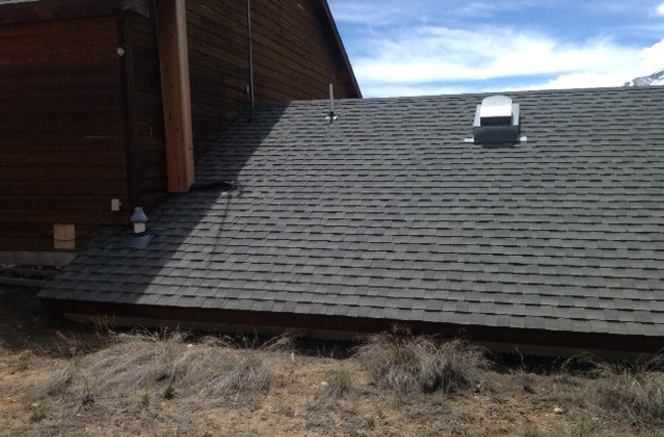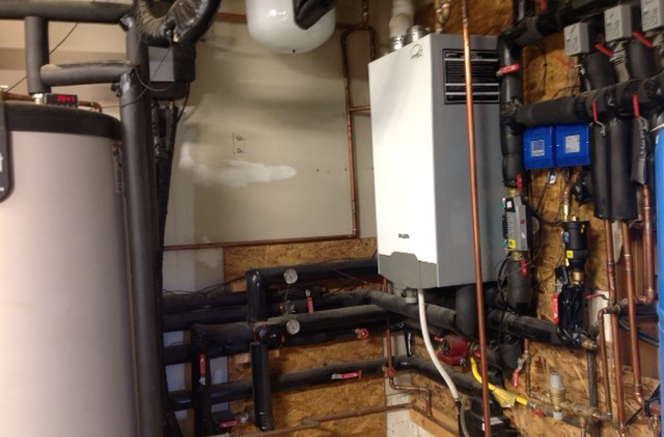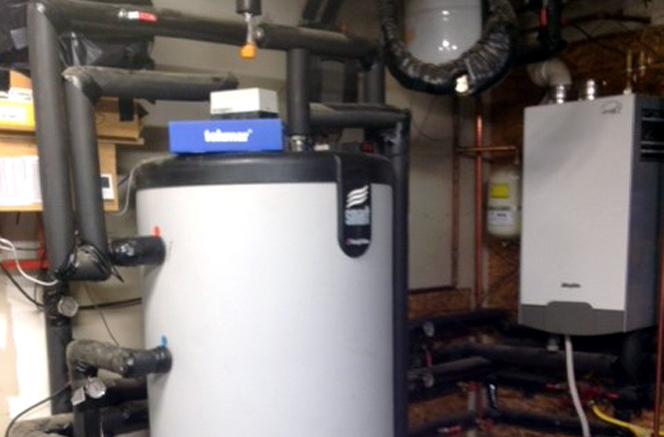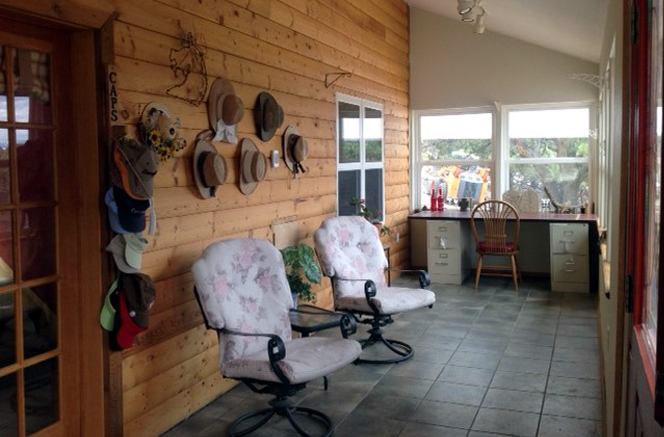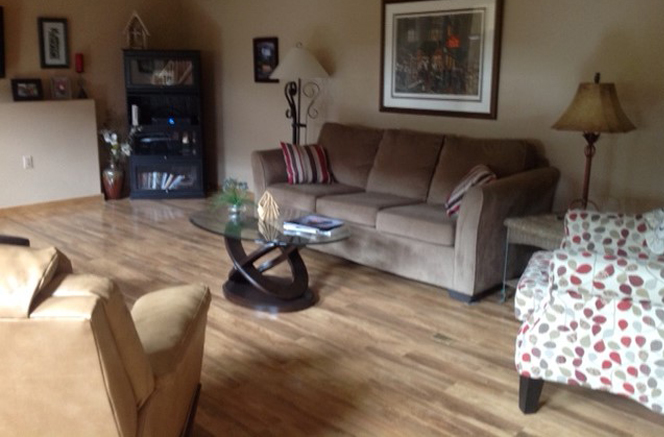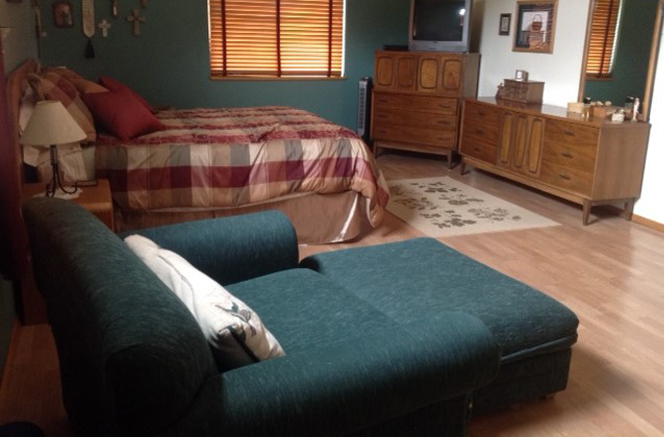Date: April 1997
Project: Colorado Home Holds the Evolution of Infloor Heating Systems
Location: Buena Vista, CO
Supplier: Infloor Heating Systems
In the mountains of Buena Vista, CO is a 2,500 square foot custom-built home that holds the evolution of Infloor Heating Systems. Built in 1997 by Dick and Joann Willburn, the entire house has an Infloor radiant heating system installed, including the garage. But what makes it different than others? It is the first house to receive new parts and components before being offered to anyone else.
The house is owned by the parents of Infloor Heating Systems President, Michael Willburn. It presents him with a unique opportunity to test new concepts and parts in a functioning application, before he recommends them to the public. He can test them out and study the data and results to gain a real understanding of their performance and benefits. As his knowledge progresses and new products are introduced to the market, Michael is able to evolve the system and keep it on the cutting-edge of the industry for the benefit of all his customers.
“My parent’s house is essentially an Infloor Heating Systems test house,” said Michael. “The system improves with every upgrade and has progressed with the company, the industry, and my concepts,” he said. “I have learned a lot through the process and can help ensure our customers always get the best from Infloor with that knowledge.”
The stick-built house is on a concrete slab with 2” Blueboard under the concrete on the main level and a hydronic Infloor radiant heating system powered by propane. Therma-Floor was used for the radiant installation on the upper level with ceramic tile and laminated wood floor coverings throughout. The hydronic radiant system has 3/8” B-PEX tubing installed 6” on the center, and is broken down into five zones: living room, kitchen, dining room / master suite, office / two spare rooms / sunroom / garage.
A Glowcore condensing boiler was installed during the initial stages of construction, providing hot water for the hydronic radiant system. It ran at 60,000 BTUs and was one of the first condensing boilers of its kind. Before the construction was completed, the boiler was upgraded to a Viessmann Vitola-Biferral large volume boiler that ran at 68,000 BTUs and included an outdoor reset control; cutting-edge technology at the time. The outdoor reset took the outdoor temperature into consideration and would reset the water temperature in the boiler based on the conditions outside. The boiler connected to a Triangle Tube HL60 Side-Arm tank for domestic hot water. The system remained this way for the next 11 years.
In 2008, big upgrades and new concepts began to be introduced. The side-arm tank was upgraded to a Triangle Tube SME-60 multi-energy tank with the capacity to incorporate solar thermal energy. Two solar thermal 30-tube evacuated tube collectors were installed, feeding the SME multi-energy tank and increasing efficiency and reducing the propane usage. The system was re-piped to include radiant, domestic, and solar thermal in one tank. The tank-in-tank technology is the only one of its kind and holds 100 gallons of stored energy in its outer tank and 60 gallons of domestic water in its inner tank.
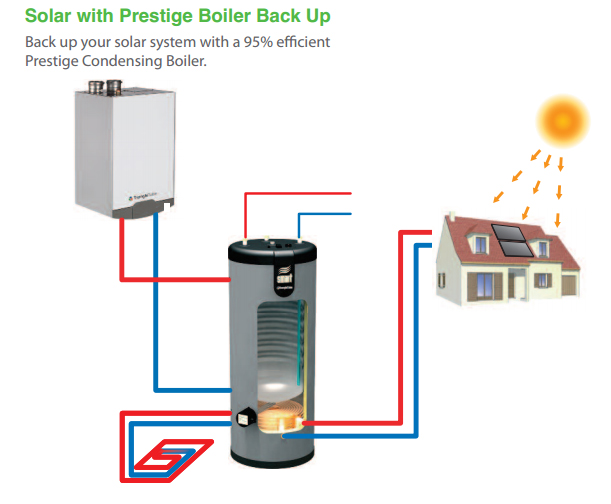
The SME features a corrugated stainless steel storage tank/heat exchanger suspended inside a carbon steel tank. There is a secondary heat exchanger located in the primary water in the bottom of the unit. The large heat surface area and large volume of primary water ensures high domestic hot water performance and that all the energy the renewable energy source (in this case solar thermal) is absorbed in the tank, reducing fuel bills and carbon emissions.
In 2009, the Viessmann Vitola-Biferral boiler was replaced with a Triangle Tube Prestige modulating condensing boiler with a 110,000 BTU capacity. This improved technology takes the outdoor temperature into consideration and will change its firing rate based on the water temperature needed, and the return water temperature provided. The smarter boiler can change its firing rate from 30,000 BTU to 110,000 BTU based on the outdoor sensor and return water temperature. It has a reset curve programmed into the system with the coldest possible outside temperature. The sliding scale changes the water temperature produced. For example, if it is 70 degrees outside, the boiler will heat the water to 70 degrees. If it is -10 degrees outside, it will heat the water to 120 degrees to provide the same level of comfort inside, while increasing efficiency and reducing fuel consumption.
Additional smart technology was introduced into the system in 2014 by incorporating a tekmar TN2 control system to further control the modulation rate of the boiler (how often the boiler fires). Now all the thermostats report back to the tekmar TN2 on how quickly each zone is gaining or losing heat, providing zone synchronization. Zones are programmed by priority and the TN2 looks at all the zones calling for heat and waits for more than one calling to fire the boiler. This reduces short cycling and overall run time of the boiler. Since the most fuel is consumed upon the boiler firing, reducing it saves fuel, energy used, and money.
For example, the TN2 reported that system called for heat 286 hours over one month and only fired the boiler for 75 of those hours. It was able to draw energy from the tank without firing the boiler every time it was called on. That equals much greater savings. They system relies on a concept called Solar Living, which is set to provide the majority of domestic hot water at specific times in a day, when it is needed most. This house is set to heat the domestic hot water to 120 degrees between 5-7 am and 6-9 pm, when it is needed most. During the other times, the water temperature is allowed to drop to 80 degrees, when the solar thermal energy peaks in afternoon and when water is not being used throughout the night.
Other improvements in 2014 include changing the Taco 008 Delta-T system pump to a Wilo Eco-stratos magnetic drive pump, which runs quieter and consumes up to 80% less electricity, and adding a Caleffi magnetic dirt separator to separate, collect, and flush out any metallic debris that may accumulate in the system, which also extends the life of the Wilo pump. All the regular on/off thermostats were upgraded to tekmar 552 touch-screen thermostats as well.
More upgrades are planned for the near future. A tekmar Gateway 483 will be added next, which will allow system monitoring and changes to be made over the internet, making adjustments if necessary while they are away. It will send them an email if the house gets too cold and also gives them the opportunity to export performance reports.
“This system has progressed with the company,” Michael points out. “We have learned some lessons and been able to make adjustments based on the learned knowledge,” he said. “It’s great to be able to try out my new ideas and concepts in a real-life application before offering them to the public. I like being able to evaluate run times and the overall operation of a system first,” he continued. “The greatest improvements we made were upgrading the boiler, incorporating solar thermal energy, and adding tekmar controls. This is our preferred solar thermal integrated system and it has had no issues and needed very little maintenance.”
One thing they learned was the importance of insulating between the floors. “A big mistake with an Infloor radiant heating system is not insulating between the floors,” Michael said. “For the best results, we recommend using a minimum of R-13 insulation between the floors to ensure the heat doesn’t transfer to another level of the house,” he said.
“The Infloor radiant heating system has been in our house for about 16 years, and we love it,” said Dick Willburn. “The temperature is always the same, within a degree, and is very comfortable. We love the warm floors and furniture,” he shared. “Michael is one of the best I’ve ever seen at what he does. I say that not because he’s my son, but because it’s true. Radiant heating is the only system I’d put in and Infloor Heating Systems offers the best products. We wouldn’t do anything different,” Dick concluded.
The house was built into the side of a hill with insulated concrete forms with a higher R-value, and faces solar south to receive free passive solar energy during the day. Much consideration was given to the details of the position and construction of the home for the best overall comfort and energy consumption.
Infloor Heating Systems continues to strive to provide their customers with the best radiant heating, snow and ice melt, and solar thermal and geo thermal solutions available today. They work hard to understand the products they provide and the installation methods that offer the best results possible. Innovation, quality, knowledge, and service is at the forefront of all that they do. Working with Infloor Heating Systems means working with the best.

